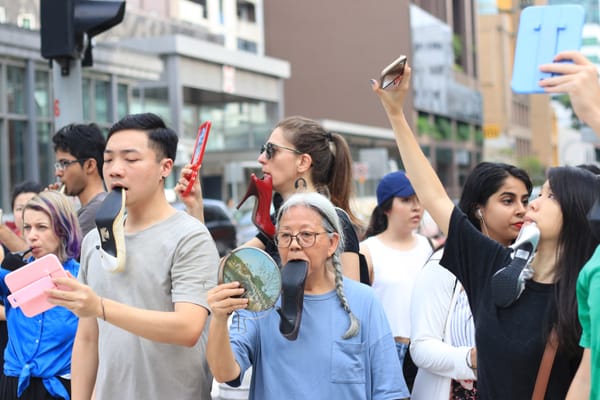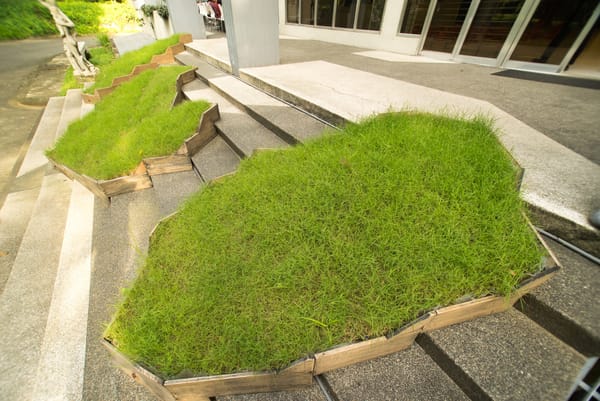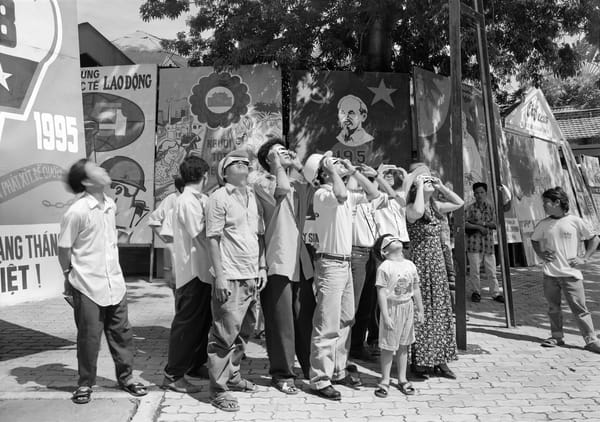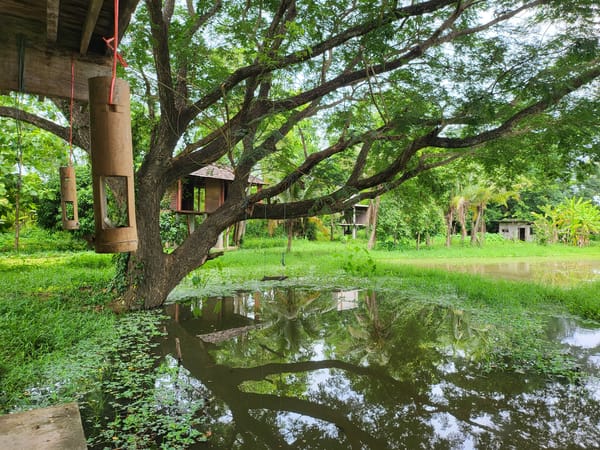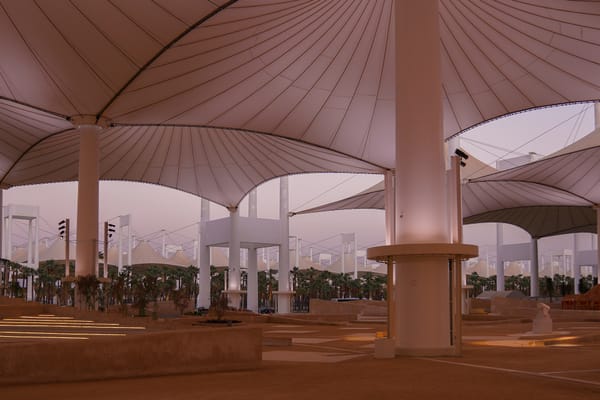Issue
Xu Zhen: Down By The River
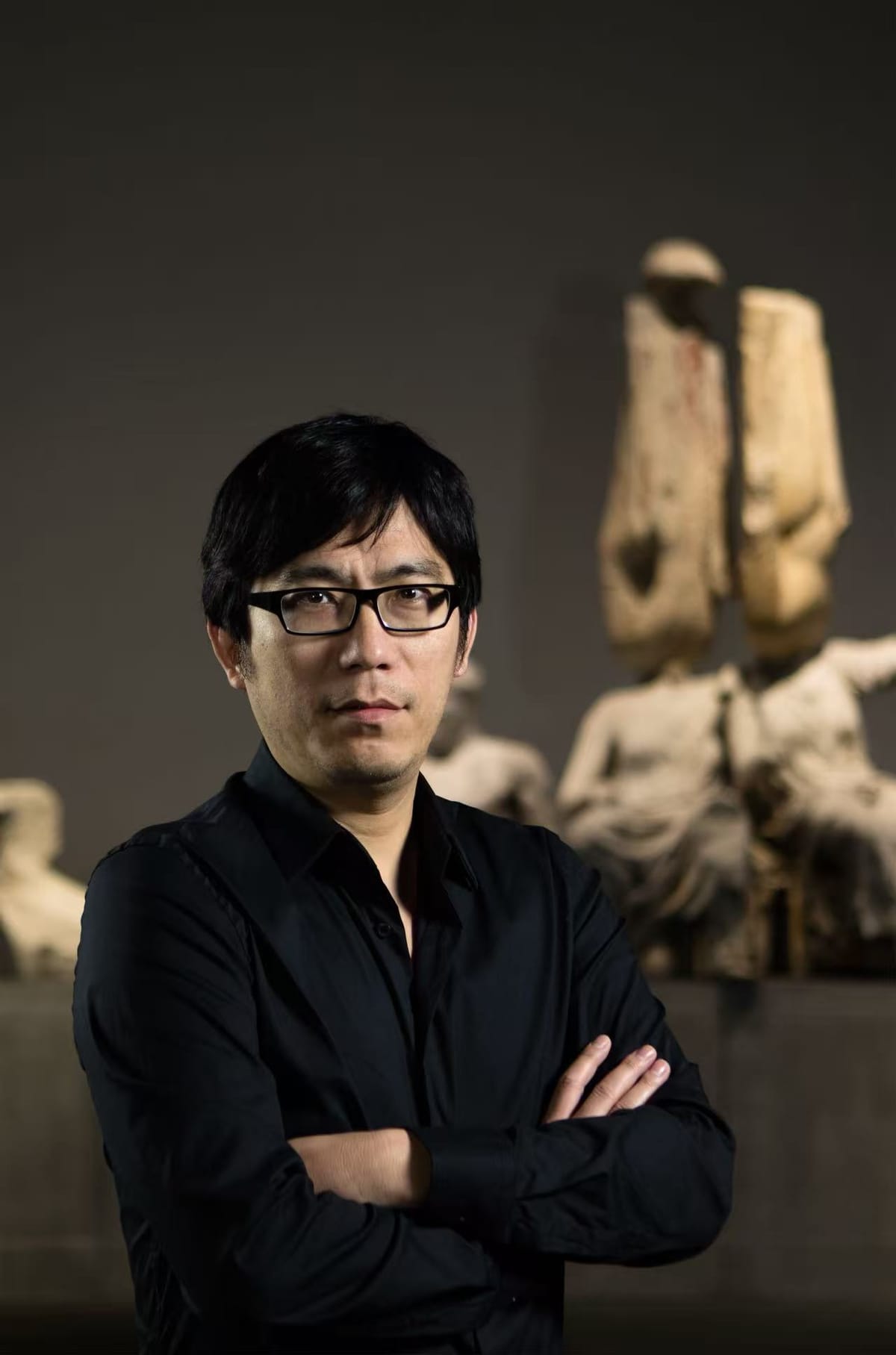
I begin with this disclaimer: I am a longtime admirer of Shanghai-based artist Xu Zhen. At 48, he has firmly established himself as a defining and influential figure of his generation. Since the early 1990s, Xu has been at the forefront of Chinese contemporary art as a multidisciplinary artist, producing an astonishingly diverse body of work encompassing large-scale installations, photographs, videos, sculptures, paintings, and performances. In 2009, he established MadeIn Company, an artistic and curatorial production company, and in 2014, he launched MadeIn Gallery to showcase and promote the work of younger artists. Soon after, XU ZHEN® emerged as his global brand and registered trademark. Over the years, he steadily rose to prominence as a revered artist-impresario—and model provocateur—for an entire new generation of artists in mainland China.
I first encountered Xu’s work in 2007 while relocating from New York to Shanghai to establish a branch of James Cohan Gallery as its senior director. Gallerist Lorenz Helbling, founder of ShanghART, took me to see Xu’s colossal sculpture, Dinosaurs (2007). Like something straight out of a natural history museum, it was spectacular—an enormous bisected reptilian monster, halved lengthwise from head to tail to reveal viscera and entrails, encased in two transparent vitrines each measuring 10 meters long and 3 meters high. I was awestruck; it was at once grotesque and mesmerizing. Immediately, I perceived it as an over-the-top jab at Damien Hirst’s infamous sharks suspended in formaldehyde tanks; but for Xu, Dinosaurs was more than that. He described his own work as embodying an “abundant boredom,” serving as a critique not only of boredom but also of the decay of contemporary art practices—and perhaps even contemporary culture itself.
Fast forward to 2025: Last month, I went to visit Xu, who recently relocated his studios and offices to Fuxing Island, a sliver of land along the Huangpu River in northwest Shanghai. Once a historic shipyard established in the early 1930s, the now defunct factory and warehouse district is attracting artists, particularly those from the nearby Songjiang district, to set up their studios there. The area has a rich industrial history, once bustling with cotton mills, power and water plants, and a thriving shipping port. Apparently, it was here in 1949 that Chiang Kaishek boarded a ship to flee mainland China for Taiwan. Xu also mentioned that members of the notorious “Gang of Four” once worked in some of the factories nearby.
